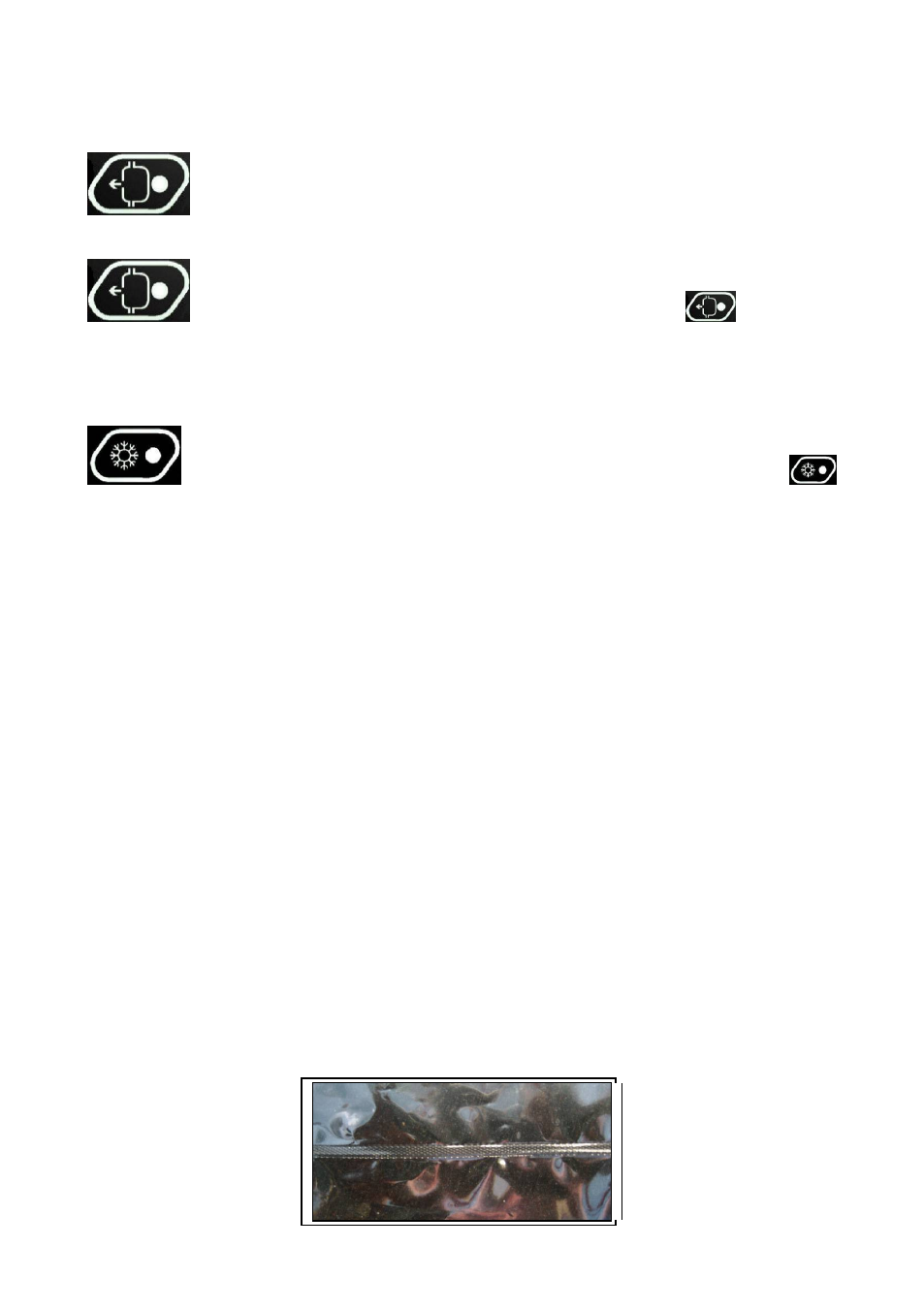Campomatic C46VM Manuale d'uso
Pagina 8

OPA/PP bags must be used which are specific for cooking. Therefore, with OPA/PP bags you can
preserve and cook the food, and with PA/PE bags, you can only preserve it.
Preserving cycles for containers:
BRIEF preserving cycle for jars. Used for plastic (polycarbonate) containers,
normally available in the shops. The cycle lasts around 1 minute.
LONG preserving cycle for jars (activated by pressing the
button for 5
seconds). Used for rigid and resistant forced vacuum-pack containers (containers made of thick
glass, vacuum-pack containers for professional use). The cycle lasts around 3 minutes.
Maintenance cycle:
Automatic cycle for dehumidifying the pump oil (activated by pressing the
button for 5 seconds). Enables the water vapour which has formed during use of the appliance to
be evacuated from inside the pump. Lasts 20 minutes and should be carried out weekly.
IDEAS ON VACUUM-PACKING BAGS
The bags are used for preserving foods by vacuum-packing and/or for cooking foods are
characterised by an external layer of nylon (barrier layer), which stops oxygen from passing from
the outside to the inside of the bags, preserving the nutritional properties of the packaged food.
The appropriate bags for the uses described in this manual are:
PA/PE BAGS FOR PRESERVING FOOD: the external barrier layer is made of nylon
(Polyamide), the sealing layer (inside) is made of polyethylene.
They are smooth and opaque and normally have a thickness of 90 micron. They are indicated for
preserving foods and suitable for contact with food, in line with the legislation in force.
Note: They are not indicated for vacuum-packing cooking techniques.
OPA/PP BAGS FOR COOKING FOOD: are different from preserving bags as their sealing
layer is made of polypropylene.
They are smooth and clear and normally have a thickness of 75-85 micron. They are indicated for
preserving and above all for vacuum-packing cooking. Using this technique, the maximum
temperature reached is 100°C for some types of vegetables, while most other foods are cooked at
60-65°C. These bags, therefore, are able to resist temperatures of up to 100°C. Vacuum-pack
bags are indicated for packing products which are not excessively sensitive to being squashed
(meat, sliced meats, hard cheeses, pulses, etc...). They should be perfectly sealed, and this can be
distinguished by a well-marked sealing line which has no burn marks.
8